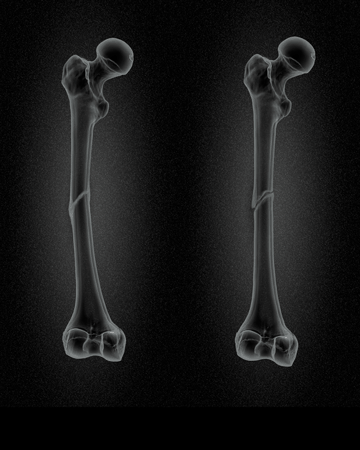
While growing, an injury that damages the growth plate can slow the growth of one bone while the corresponding bone on the other leg grows normally. These types of injuries can also lead to an overgrowth of the bone during the healing process.
In the case of overgrowth, a broken bone may grow faster than the corresponding bone of the other leg for several years after healing, causing it to become longer than the bone on the opposite side. This is especially common with thigh bone fractures.
When a broken bone fails to heal, it is called a nonunion. A nonunion can cause limb length discrepancy if you cannot produce the necessary bone tissue to heal the broken bone, and it happens when the bone lacks adequate stability, blood flow, or both. Stability helps the fracture heal in the proper position to avoid growth plate injury or overgrowth while blood delivers the oxygen, cells, and other components necessary for healing.
High-energy injuries, such as those resulting from a car accident, can increase the likelihood of nonunion because the blood supply to the broken bone is restricted. Additionally, nonunions are more likely in areas of the body with limited blood supply, such as the upper thigh bone, shin bone, or toe bones.
